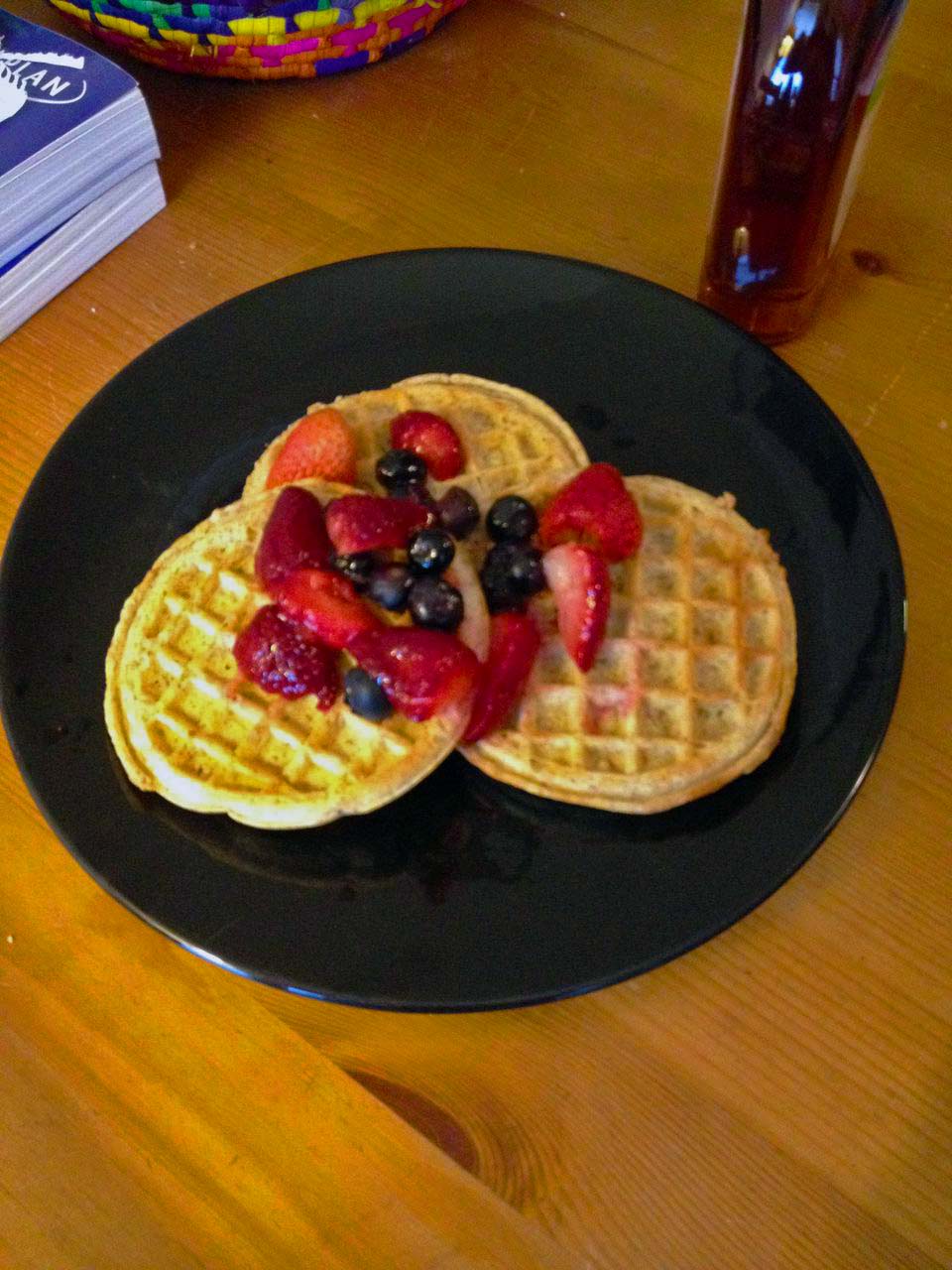Share This
In the news this week, we read that General Mills filed a patent for whole grain pancake and waffle batters that contain a blend of whole wheat, brown rice, and millet flour. We love to read news like this! Here at the Whole Grains Council, we love when our member companies look to increase the amount of whole grain in their popular products (though we’re not quite sure why cooking with multiple whole grain flours should be patented – it’s something people have been doing for thousands of years!).
Though multi-grain batters have been common for a long time, it seems that baking with whole grain flours is still unfortunately a misunderstood practice. There is a common belief that using whole grains results in a flat, dense, less-desirable product. To avoid this outcome, you must understand whole grains! There are many differences between white all-purpose flour and the whole grain varieties that will result in changes to your final product. However, by getting to know the flour that you are working with, you can alter your practices to result in delicious, whole grain baked goods that everyone wants to try.
First, you must understand that a whole grain is made up of three key parts: the germ, bran and endosperm. Your white flour is made up virtually entirely of endosperm, which helps the product to easily rise, but is lacking all of the important vitamins, minerals and fiber that you get from the germ and the bran (whole grains have two to three times more of a wide range of nutrients, compared to white flour).
The second important note is the hydration change between refined and whole. Whole grain flours require more water because the germ and bran absorb more liquid than the endosperm alone; they may often require a little extra time in the mixing, to allow this extra hydration to take place. This difference in liquid content can make a huge effect on your final product. Without this extra water, your product will be dry and crumbly.
One way to practice making a really great whole grain product is to start substituting small amounts of white flour for whole grain. Some whole grain is better than none! When you are ready to convert to 100% whole, remember the importance of increasing your liquid accordingly to give you your desired result. It is also helpful to experiment with different blends of whole grains to find the consistency and taste you are looking for.
In light of General Mills’ careful formulation for whole grain pancakes and waffles, I want to share one of my go-to multigrain recipes for making them from scratch from Heidi Swanson’s 101 Cookbooks blog. They are one of my very favorite weekend breakfasts, and were my breakfast of choice for my birthday this past weekend!
Do you have a favorite multigrain blend? We’d love to hear about it!
(Harley)


Add a Comment